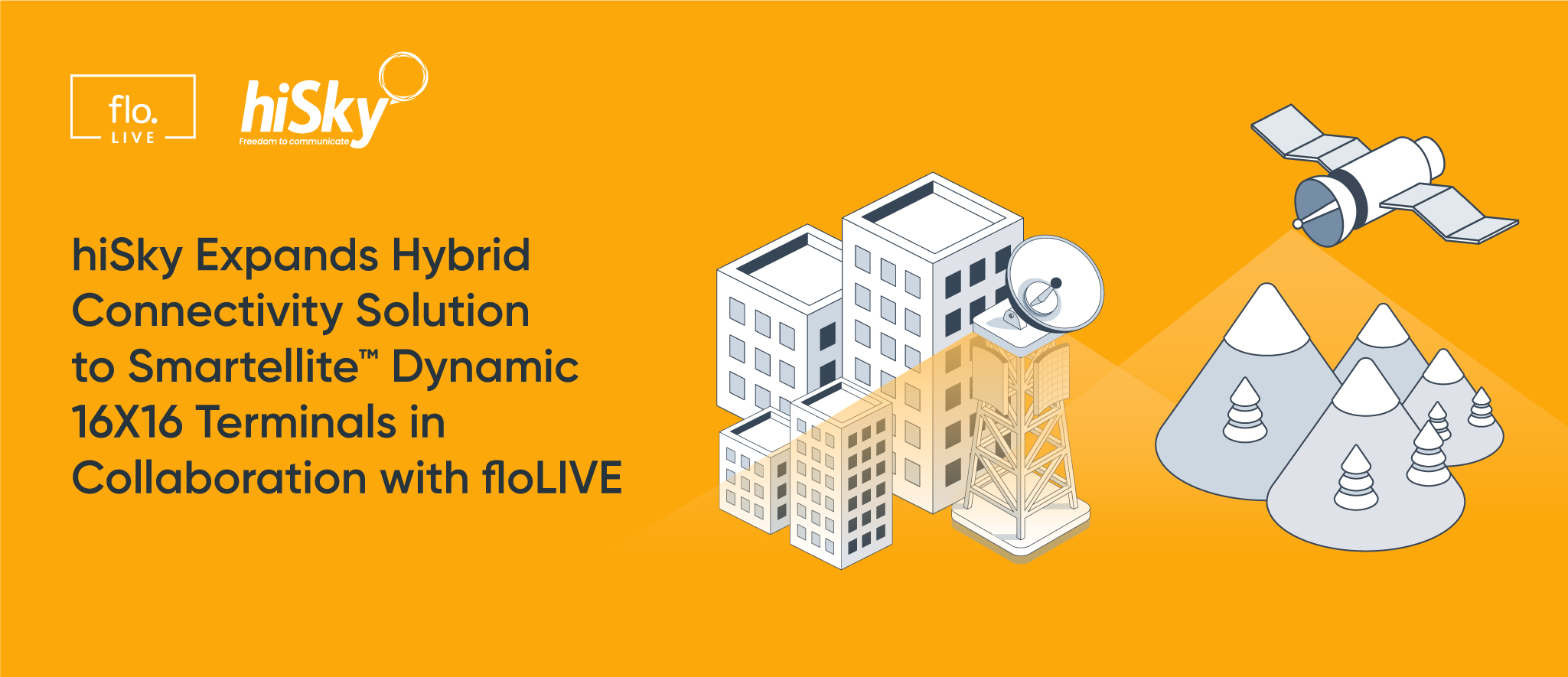Utilities and IoT are Just Getting Started. What Do You Need to Know?

Between 2019 and 2024, the global IoT in Utilities market is set to grow at a CAGR of 13.5%, moving it from a $26.6 billion industry, to almost double that value at $53.8 billion. If you’re looking to grab hold of a slice of that pie, let’s look in more detail at IoT in Utilities, and the key factors you need to consider to clear a path to success.
Asset Monitoring and Management
Any management platform or system that’s going to work with utilities today needs to provide insight into connected utilities (for example connected meters). Features you should look out for include the ability to help to remotely control connectivity and availability, offer predictive maintenance opportunities, or manage the optimal usage of utilities, for example when you’re thinking about gas or water pipelines.
IoT devices for utilities don’t usually use a lot of data, perhaps connecting twice a day to send or receive information. As IoT device batteries are often the expensive part of the solution, these management platforms can also help to put into place smart connectivity policies that limit the amount of time the devices need to be awake, reducing the strain on battery life. An intelligent asset monitoring and management solution can offer a full view of all of your utilities-based IoT devices, showing operations, maintenance history, repair schedules, tracking, and more.
Security and Privacy
It goes without saying that adding IoT devices to utilities use cases opens your business up to a new security risk. This needs to be considered early in the planning stages, as defense in depth is essential. First, think about privacy and compliance. Especially if you don’t know where devices will end up, how can you ensure that you’re compliant with privacy laws such as GDPR? The latest IoT connectivity technology makes this yesterday’s problem, connecting only once the device is awake, keeping data locally in its country of origin, and with multi-IMSI connectivity from the same SIM.
On top of this, security is always going to be an important factor when you’re handling sensitive customer information and dealing with mission-critical systems such as energy and water. Think about the recent hacking of a Florida water treatment plant through its SCADA systems, or the SolarWinds hack, that impacted the New York Power Authority, amongst other high-profile energy suppliers. All communications and data between devices and the cloud need to be encrypted, and then the devices themselves need their own layer of protection from attack.
Simplifying Global Operations
When you think about IoT, you always have to think globally. Two examples are water control solutions and solar panel providers who may work across different geographies to sell IoT devices in different regions. One option is to find local connectivity everywhere that the organization wants to do business. However, this quickly causes confusion and delay. If you work with multiple MNOs, you have to juggle multiple SIMs, SLAs, time-zones, customer service representatives, and more. Every time there is a troubleshooting query, you need to find out which SIM and provider was used, and then reach out to a different contact for support.
Today’s enterprises are increasingly looking for solutions where they can leverage 1SKU for their SIMs, instead of many. This also enables them to sidestep the complexities of permanent roaming restrictions, where devices can only roam for a certain period of time (often as little as 3 months) before returning to a ‘home’ country. As the SIM uses the local connectivity from that region, this is not roaming. With a single vendor as the provider of this connectivity, anywhere in the world, the business never needs to deal with disparate MNOs at all.
Data Acquisition and Control
SCADA systems traditionally manage remote control of certain types of utility systems such as power switches and valves, and also sometimes handle the management and reporting of more detailed data sensors, too.
With the growth of IIoT, this is being taken to the next level in terms of feature-set and security, with SCADA often now working in tandem with cutting-edge IoT capabilities such as cloud-based processing, edge computing, and deeper Business Intelligence and analytics. While SCADA is limited, and reliant on human intervention and manual oversight, IoT can do more for data acquisition, and can automatically integrate with SCADA-systems, pulling critical data and then relaying this directly to the cloud.
With this information, your business can unlock actionable insights about smart utility usage for energy optimization, predict faults ahead of time, and improve the reliability of your infrastructure at the same time as boosting customer satisfaction.
Critical IoT
Critical IoT demands high availability as a bare minimum. Traditionally, suppliers would find out about an outage from their (angry) consumers, but with IoT – this is a thing of the past. Let’s take an electricity provider for example. With IoT, a robust solution can include smart receivers and sensors, and smart meters and energy boxes in the consumer’s homes. All of these communicate with one another over the cloud. As soon as the smart meter stops sending data for example, you are aware that you have a problem, and you can even set up alerts for anything unusual in performance or availability. With a multi-IMSI approach as shown above, you can automatically switch to a new network, before the customer ever notices anything has gone wrong, and with no manual work on your side, either.
If you’re an enterprise leveraging the connectivity from an MNO, you can use this visibility to get a much better view of your costs, and even pass it on as a value-add to the end-customer, providing them with more control, too. While an old system would dictate that they wait until the end of the month or even the quarter before they can see how much they’ve spent, (because you’re also waiting that long!) you can use this data to integrate with user mobile applications or real-time usage dashboards. This can help consumers get more visibility and be more savvy over their spending or consumption.
Customer Management and Billing
On the back end, you’ll want your IoT solution to integrate with a smart billing and rating system, so that you can monetize your new offerings, and help to make intelligent business decisions. Let’s think about electric cars as just one example. As the demand for electric vehicles rises, connected charging stations will rise right alongside. If you have a flexible billing and rating system, you can set up incentives or offerings for consumers to charge their vehicles at off-peak times of day, reducing the strain on your grid.
To get the most out of IoT projects, you’ll want to be able to think about the right billing method for the customer in front of you, which could be anything from fixed or variable pricing, single or rolling tiers, usage-based pricing, pooled plans, pre or post-paid options, bundles, discounts, and more.
Utilities in IoT Checklist
✅ Optimize and control assets with a next gen connectivity management platform
✅ Increase security and privacy with inherent compliance, and SIM data encryption
✅ Gain a single view of your devices, and benefit from visibility and control over usage
✅ Improve reliability and availability, and boost customer support and service
✅ Monetize utilities add-ons in a flexible, granular, and customer-focused way
Ready to talk about your requirements and needs? Schedule a call with one of our IoT experts.









